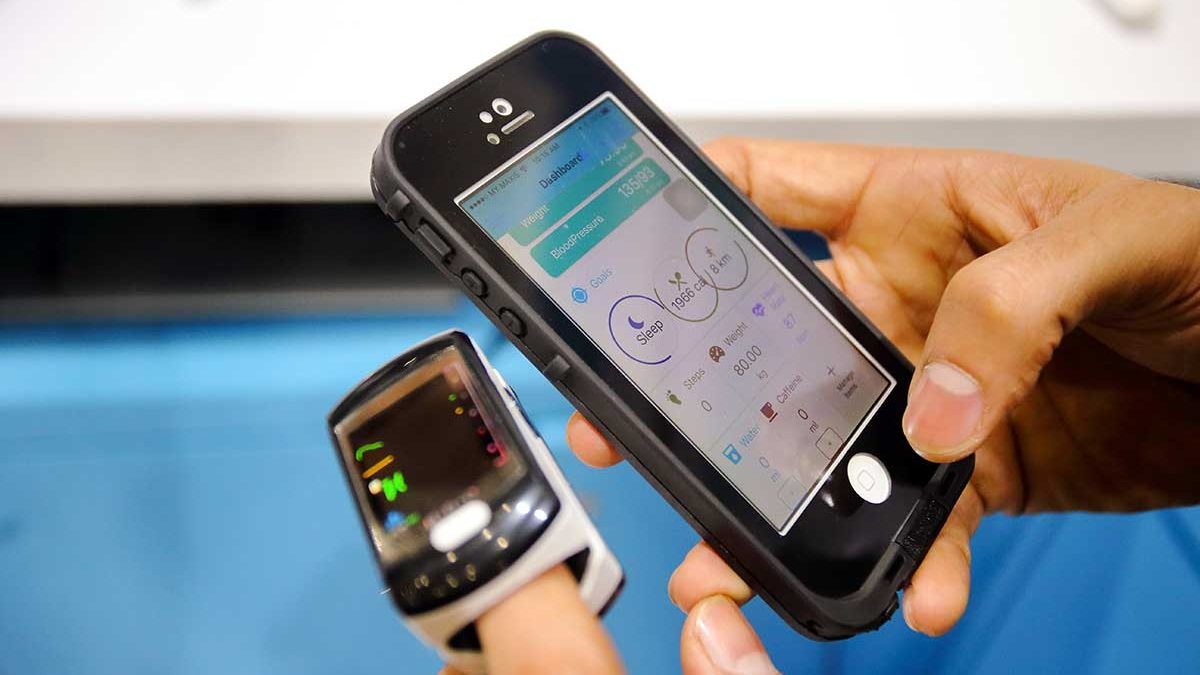Healthcare Technology Applications Development – A Delight for Passionate Programmers
The pace at which healthcare industry is progressing is unimaginable. With new technologies being adopted and new innovations being created, the industry is on a roll. In such a technology-driven industry, healthcare technology applications development is a delight for passionate programmers. Developing systems and applications with 3D printing, robotics, Artificial Intelligence (AI), Virtual Reality (VR), Augmented Reality (AR) nanotechnology etc. at the core, the possibilities of driving value are endless.
Rapid Innovations
With the rising cost of care, aging populations and dramatic changes in lifestyle, a large percentage of people are becoming susceptible to heart diseases and diabetes. As the world faces a health crisis, innovations are helping re-shape healthcare models and enabling healthcare organizations across the world to drive superior care outcomes.
- Genome sequencing:Advancements in genome sequencing are enabling healthcare organizations to determine the complete DNA sequence of patients – not just for research but also for diagnostics, forensics, epidemiology as well as therapeutic intervention. Several new technologies are being used for genome sequencing and that is helping researchers improve knowledge in subjects like evolutionary biology and helping doctors predict disease susceptibility and drug response. Apps like MyGenome help users visualize genomic data on their devices, explore their chromosome landscape, discover different genetic variations and find out how changes in the genome can affect drug response.
- Drug development:Drug development has always been a long and cumbersome process, and surely very expensive too. According to a study by the Journal of Health economics, it takes about 10 years and over $2.6 billion for a drug to reach the market. However, new innovations in this field are radically improving the process. Simulations are being used in the development and regulatory evaluation of drugs that result in major benefits. In the near future, healthcare organizations will successfully be able to test thousands of new potential drugs on billions of virtual patient models in minutes.
- 3D printing:3D printing in healthcare is one of the latest trends using which, healthcare organizations are able to print tissues with blood vessels, bones and synthetic skin, facial parts, dental crowns, medical models, heart valves, ear cartilage and even personalized prosthetics. The e-NABLE community of more than 7000 members from across the world is helping build 3D printed arms and legs for those in need.
Programmers working in the healthcare technology space get an opportunity to keep themselves updated with such latest advancements in technology which have a possible impact on millions of lives. They not only have to master the software programming languages, but also need to update themselves with these advancements.
New Technologies
Sundry new technologies are being incorporated in the healthcare industry across the world. A perfect combination of hardware and software, these newbies are total fun to work with:
- AI: AI has the potential to completely transform the healthcare industry. Accenture estimates that AI applications in health care could save up to $150 billion annually by 2026. AI is helping patients, doctors and the industry as a whole to solve a variety of problems: from mining medical records to virtual nursing assistants, designing the most optimum treatment plans to robot-assisted surgery, administrative workflow assistance to drug creation – imagine the horizons AI opens up for humanity!
- AR: AR in healthcare enables doctors and practitioners to always have real-time patient health information available to them through their smartphone, PC or wearable technology like a smartwatch or smart glasses. Doctors can use AR-driven scanners to improve the accuracy of surgeries and AR apps can act as digital healthcare assistants post discharge. It can also be used to better demonstrate the effect of ailments through a multi-sensory experience that is far more effective in conveying information. Companies like Medsights Tech use AR to create 3D images of tumors, empowering surgeons with X-ray views in real-time.
- Cloud and IoT:Healthcare trackers, sensors and wearables have taken the industry to an entirely different level; reports suggest that total healthcare cloud computing market will cross $5 billion by 2018 and that IoT in the healthcare is expected to reach nearly $410 billion by 2022. By enabling patients to take care of their own health, IoT-driven gadgets have a major role to play in improving the health of patients. From sleep tracking to heart rate monitoring, blood pressure measurement to insulin levels – the opportunities that IoT offers are infinite. What’s more, IoT also enables remote health monitoring and telehealth, allowing doctors to detect patterns, diagnose illnesses and device treatment plans outside of the hospital setting.
Imagine the delight of programmers on getting an actual chance to work on these latest technologies when many in the industry are still just reading about those?
The Smart Hospital Boom
The smart hospital concept that aims to bring together all operations within the healthcare environment is truly the way forward. By integrating building infrastructure, hospital operations, care delivery, and patient experience through automation and smart technology, the smart hospital boom is changing the face of healthcare in every sense. From sensors and blockchain to AI and analytics – the opportunities for improving care outcomes are many. It is estimated that by 2018, 65% of interactions with health care facilities will occur by mobile devices.
- Accurate patient data from sensors and tracking devices can enable doctors to make evidence-based healthcare decisions
- Health data from machine learning and analytics tools can enable them to make accurate diagnoses
- Using telehealth, patients can take care of their own health in the comfort of their homes
- Monitoring solutions can enable doctors to check patients’ adherence to treatment plans and prescriptions.
- Through smart technology, hospitals can reduce patient wait times and guide them to the right checkup room in the maze
For a Better Tomorrow
With advancements in healthcare happening at lightning fast speed, the opportunities for programmers are numerous. As new innovations and technology trends transform the healthcare model, developing healthcare technology applications has never been this exciting. It is only with the right technology systems in place that doctors can get actionable insights, improve access to patient data, reduce health care costs and build sustainable healthcare for a better tomorrow.
Are you ready to transform the way how health care is delivered to the population at large? Come and join us at HATI International Technologies, as we build the next-generation healthcare technologies.




